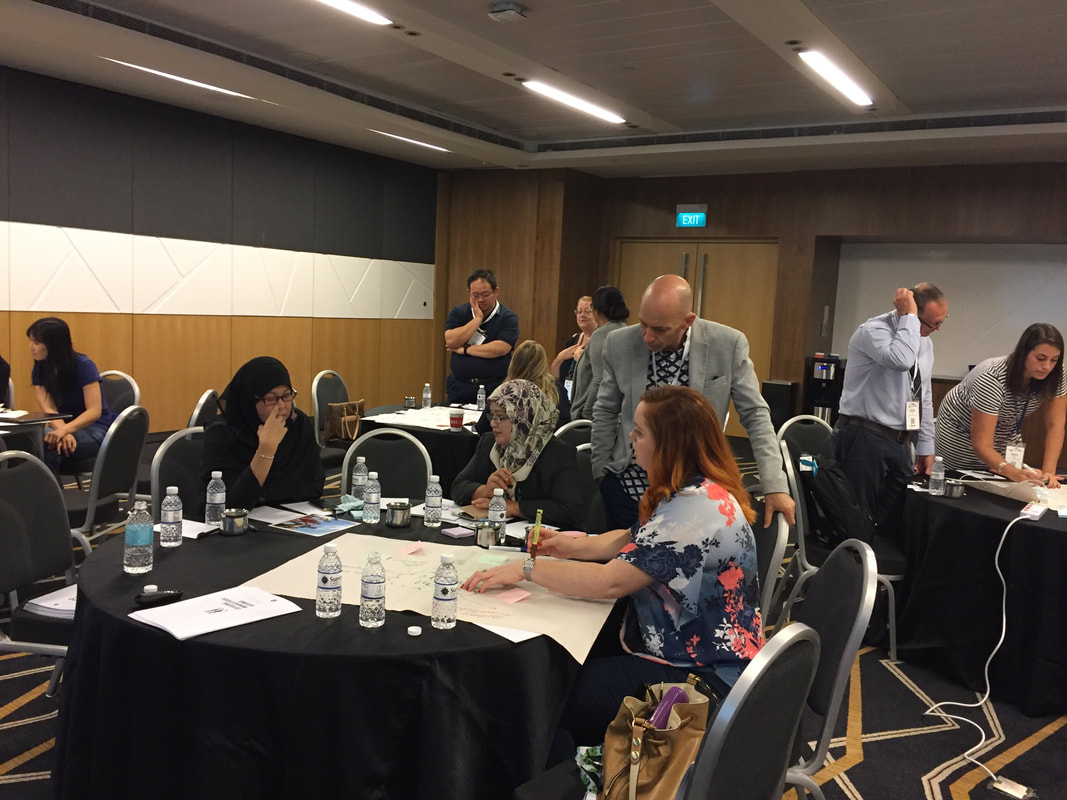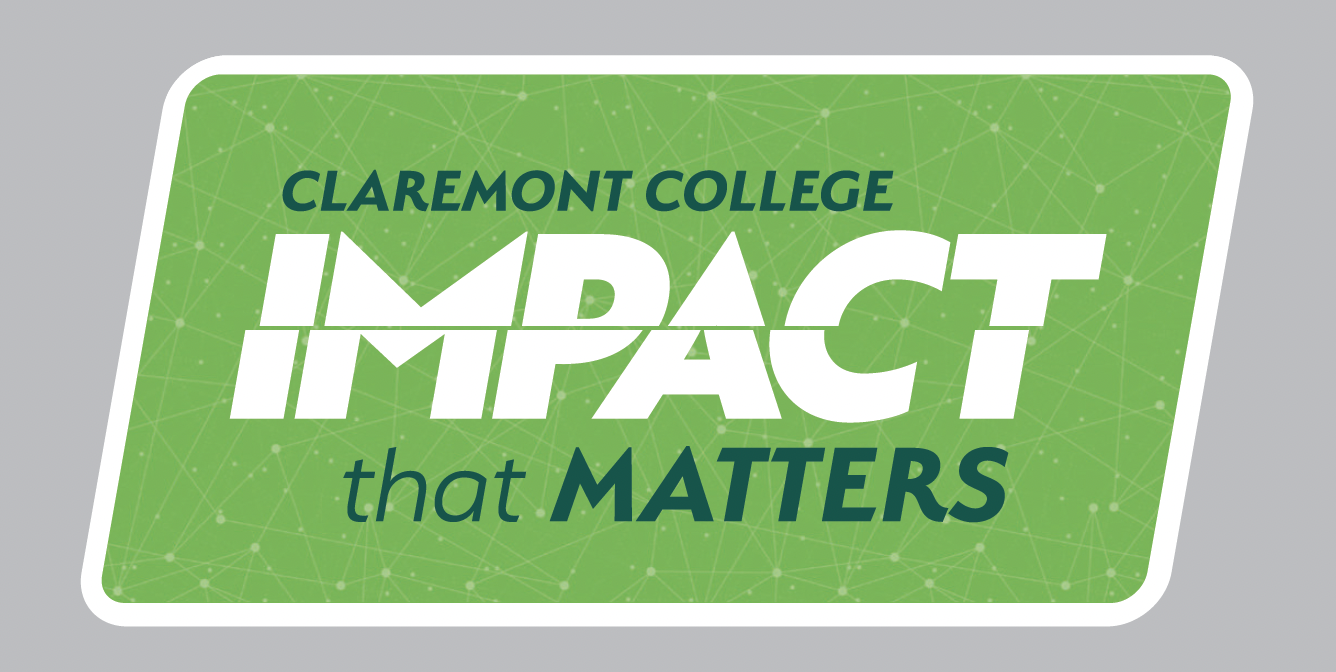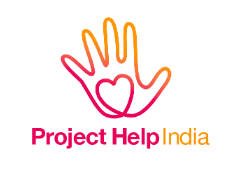|
Last week (early November) I spent four days in Singapore, attending the EduTECH South East Asia Conference. This conference experience was valuable and challenging in a number of ways. I was invited to speak on ‘Hallmarks of Outstanding 21st Century K-12 Educational Leadership’ and another on ‘School Design, Claremont’s Learning Spaces and Change Management’. Also, together with one of my amazing colleagues, we delivered a 2 hour workshop on ‘Co-Teaching’. In this workshop we presented research evidence (much generated by our school’s research project) on how to implement school improvement initiatives and how to ensure for effective and sustained change. It was a privilege to share the story of my school’s recent transformation, both in designing our learning spaces, and even more importantly, articulating and implementing powerful pedagogical approaches within our co-teaching model.
I was very much inspired by the talks and themes of the conference which focussed on anticipating the needs of learners in the future. In my role as Principal it is important that I have the opportunity to learn, formulate vision, be equipped to empower others, and to anticipate the needs of students over the years to come. These needs continue to change as our world changes and I have been challenged to think about how my school can be positioned to lead in the area of educational excellence, to innovate, implement strategic improvement initiatives and be resourced to equip all children for workplace readiness and success in their learning and lives. As the name suggests, the EduTECH Conference provides a strong emphasis on emerging trends in technology. Here are some of the key themes that I was personally challenged by; - analysis of competencies of the contemporary 21st Century ‘professional teacher’ - designing a ‘campus of the future’ - the importance of innovation, creativity and problem solving, as essential skills for children to be equipped for success in workplaces of the future. - the power and importance of quality early education - multidisciplinary problem solving - a workplace trend that values collaboration and teamwork over individual knowledge and achievement - understanding and anticipating trends in technology in schools of the future, which will most certainly include coding, robotics and artificial intelligence - designing classrooms that are virtual spaces - creating learning spaces that provide the facility for design centres or ‘maker-spaces’, where students can explore their personal talents and passions, and be able to tinker, create, design and collaborate in group research tasks and entrepreneurial projects. Futurists tell us that this present generation of children is “entering a world of unprecedented complexity”. We will experience more ‘change’ over the next 10 years, in comparison to what collectively has happened over the entire course of human history. Therefore, what this world might look like in 10 or 20 years time, is very much anyone’s guess. Our children must certainly be equipped to be effective communicators, curious, creative, inventors and innovators. They must be confident and resilient individuals who understand the value of making and reflecting on mistakes, learning from, rather than fearing and avoiding failure, and they must know the importance of grit, determination and persistence. When presented with this challenge, I was very much inspired, and I am excited for how my school will continue to provide the very best opportunities for children to be engaged and challenged in all aspects of their learning and school experience, for many years to come.
0 Comments
Leave a Reply. |
claremont.nsw.edu.auarchives
June 2024
categories |


